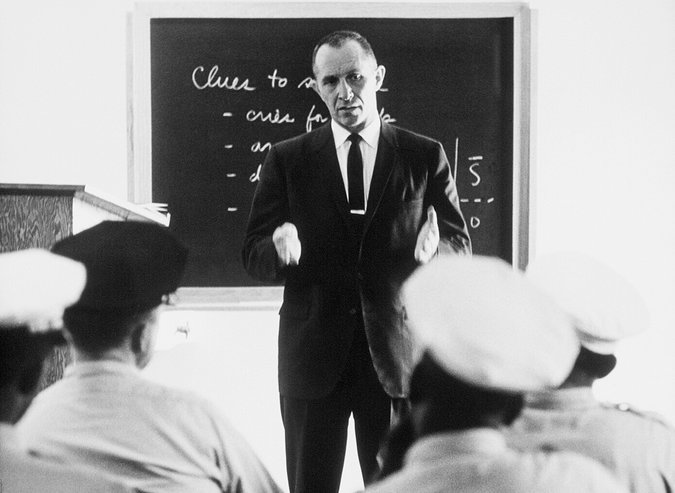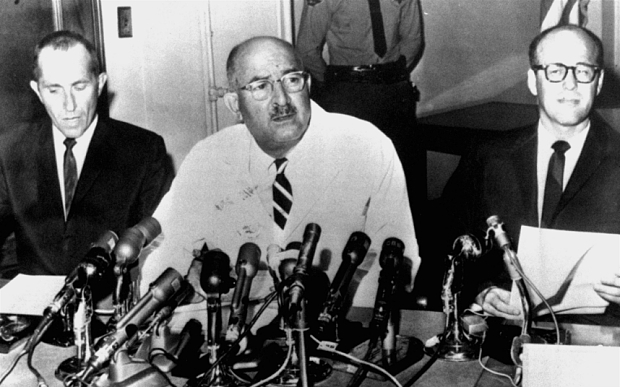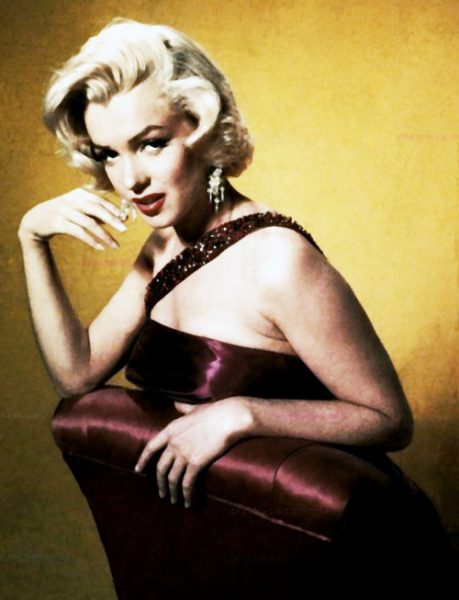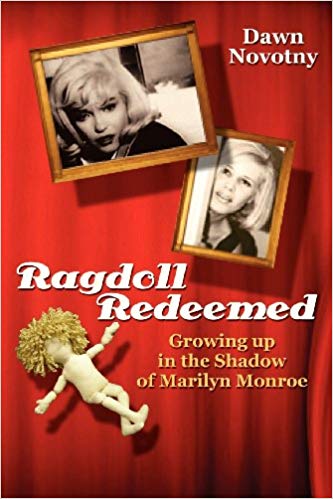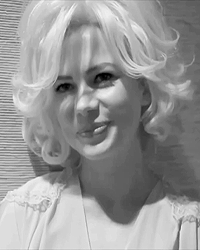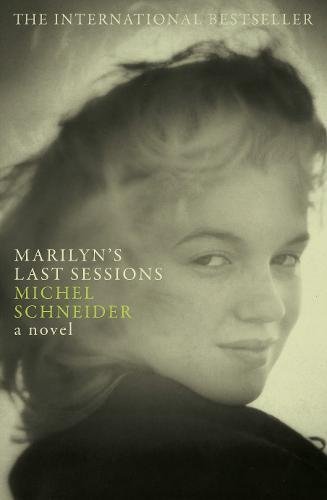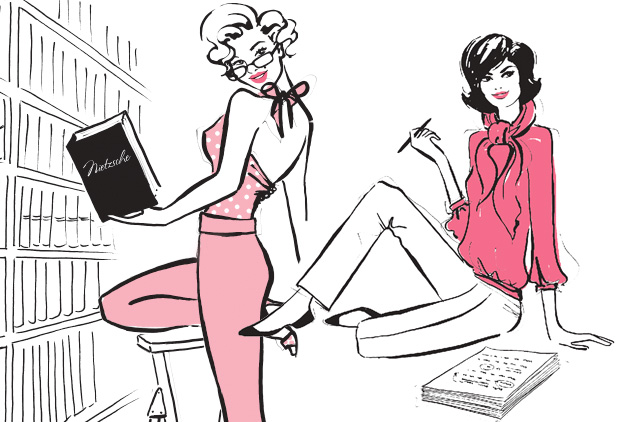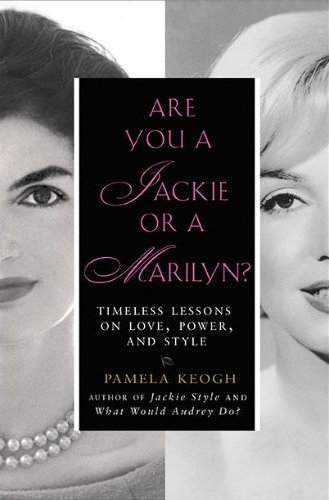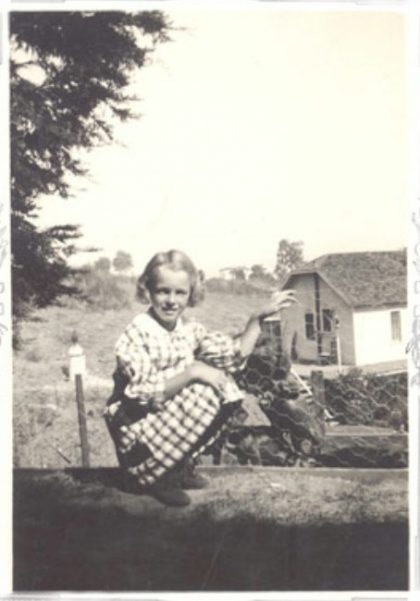
It’s 1964 and Marilyn Monroe has been dead for two years, but on Madison Avenue her memory is still very much alive. A new character, Dr Faye Miller, is introduced in the latest episode of Mad Men, ‘Every Wall Glares Like a Glass Ceiling’ (Season 4:4.)
Reviewing the episode for the Vanity Fair blog, James Wolcott wrote:
“Don and Roger field short hops from their Lucky Strikes client (regarding new restrictions on cigarette advertising), interrupted by questions over the Pond’s Cold Cream focus group being held in Joan’s office, much to Joan’s chagrin, which she manages to express without a single facial move, entirely through inflection and the No drama eloquence of her wrists.
The focus group is led by Dr. Faye Miller (Cara Buono), the blonde psychologist and motivational researcher who appears to be intended as a younger, dishier model of the impeccable Dr. Joyce Brothers, TV’s original princess of pop psychology. Yet I may be doing Dr. Brothers an injustice, because during the 60s her braininess was supposedly driving quite a classy chassis. ‘She looks like Loretta Young, walks like Marilyn Monroe, and talks like Dr. Freud,’ purred a publicity handout at the time. Actually, I seem to recall Dr. Brothers looking and walking more like June Allyson and talking more like a sensible sedative, but perhaps when she presented herself in a roomful of male execs back then, she exuded the porcelain sex-pow that Dr. Faye Miller projects.”
‘Faye Miller’ was one of the many pseudonyms used by Marilyn when she checked into hotels and airports incognito. Miller was, of course, the surname of her third husband, playwright Arthur Miller.
Marilyn used the name in February 1961, just after her divorce from Miller, when she entered the Payne-Whitney Psychiatric Hospital. When Monroe’s psychiatrist, Dr Marianne Kris, persuaded her that she needed treatment, Marilyn was unaware that it was a secure unit.
Marilyn’s stay lasted just four days, and it seems her disguise didn’t work as she later told friends of being stared at constantly by patients and staff.
Her experience was traumatic and she blamed Dr Kris, though curiously the analyst was not removed from Monroe’s 1961 will. Weeks before her death in 1962, Marilyn approached her lawyer, Milton Rudin, about changing the will but he did not act in time.
It was Joe DiMaggio, Marilyn’s second husband, who came to her rescue and had her transferred to Columbia Presbyterian, a general hospital where she recuperated in private.
Actress Cara Buono remained tight-lipped about the significance of her character’s name, suggesting to Entertainment Weekly that the MM reference may be explained later:
“Your character’s name, ‘Faye Miller,’ was also the pseduonym Marilyn Monroe used when she checked into a mental facility. What’s the significance there?
‘Well, all that information is revealed bit by bit…we’ll find out if that has any meaning. I wondered how this [interview] would be because we can only talk about the two episodes I’ve been in that already aired. But, yeah…Matt Weiner is such an amazing storyteller and I think everything is deliberate, or not. You find out what everything means — if not in this season, then in another season. Sometimes you’ll have to go back to season 1 or season 2 and think, ‘oh I remember that, that’s what this person meant…’ There’s much more to be revealed, I think.'”
